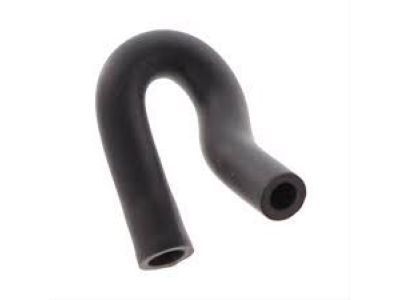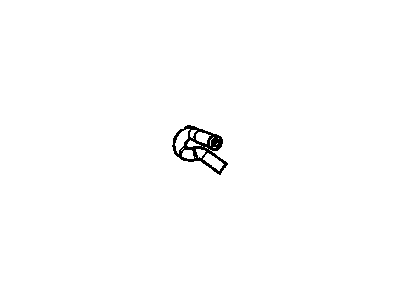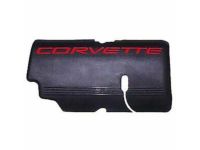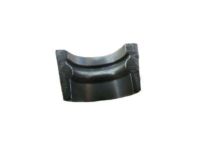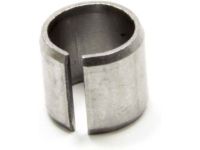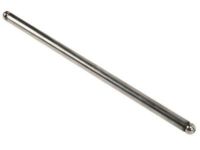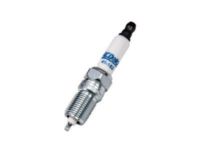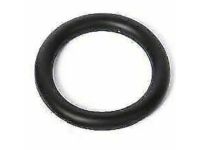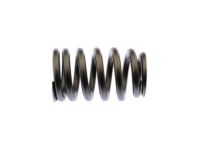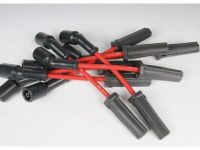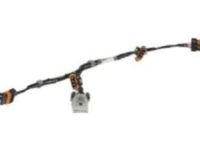To ensure reliability, purchase GM part # 12594779 Tube, Pcv. It is sometimes referred to as Buick Crankcase Breather Hose, Buick PCV Valve Hose. Directly from GM, genuine parts are superb with regards to quality, longevity, and fit. Every single part passed stringent quality testing, so you can be sure that it's safe, durable, and built to perform like your original parts. This part fits specific Buick Allure, LaCrosse models.
GMPartsGiant.com is a leading supplier of genuine GM parts and accessories such as GM 12594779 Tube, Pcv. You're certainly in the right place if you're searching for the great cost-effective OEM GM parts. Look no further than our vast inventory of genuine GM parts offered at unbeatable online prices, all of which are backed by the manufacturer's warranty. Not to forget, our hassle-free return policy and quick delivery service ensure a smooth shopping experience for you. For detailed Buick parts information, click here.

